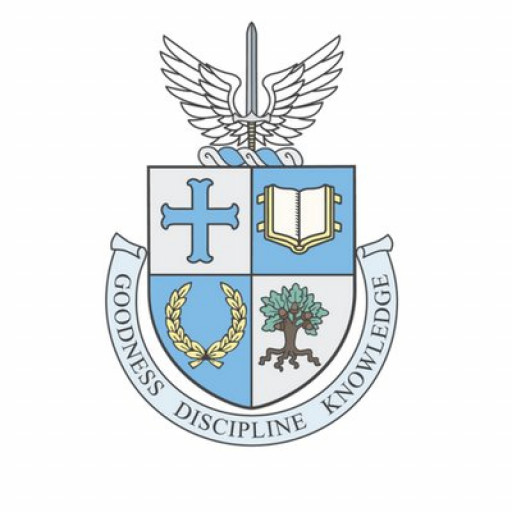Photos of university / #myucalgary
At the University of Calgary, we formed the Computational Media Design Program to enable students to conduct research at the intersection of art, music, dance, drama, design and computer science.
The Computational Media Design (CMD) graduate program is composed of the Faculty of Science: Department of Computer Science, the Faculty of Environmental Design and the Faculty of Arts: School of Creative and Performing Arts andDepartment of Art. Students can earn graduate degrees, both Master of Science and PhD. The research-based graduate degrees explore the relationships between and among art, design, science and technology.
In the expanding world of multimedia and design, there is an increasing need for graduates who can conduct and direct complex projects that combine computing expertise with the creative energies of artists and designers. Numerous opportunities exist for our graduates in companies whose primary business is game design and development, film, TV, web design, simulation, networking, interactive media, and mobile and wearable computing to name just a few. Interest in our graduates also comes from the creative fields of dance, music, theatre and the visual arts.
- Computational Media Design Research Methodology (half-course equivalent).
- One Computer Science graduate-level half-course equivalent.
- One graduate-level half-course equivalent from Art, Environmental Design or Music, and
- Two additional graduate-level half-course equivalents, for a total of five half-course equivalents.
- Additional courses can be required on a case-by-case basis.
- A Master’s Thesis Proposal.
- Master's Thesis
- Master's Thesis Oral Examination
Requirements
- Minimum admission requirement for a Master's in CMD is excellent standing in a four year Bachelor Degree with a minimum GPA of 3.0 (on a 4.0 scale).
- Students accepted into this program will have demonstrated an interest in art, music and/or design as well as computer science.
- As part of the admissions process students are asked to submit transcripts from all other programs attended, letters of reference, a statement of research purpose and are encouraged to include a portfolio.
- While applicants from any discipline will be considered, undergraduate degrees in Computer Science, Art, Dance, Drama, Design or Music are favoured. Starting CMD with a background in one area is possible, but background in two areas is preferred.
- For applicants required to provide proof of proficiency in English, a TOEFL score of 600 (paper-based) or 105 (internet-based test), or an IELTS score of 7.5, or a minimum MELAB score of 86 or above is required.
- A single page statement of interest. This is not a proposal but a declaration of interest in interdisciplinary research in art, dance, drama, design or music and computer science.
- Applicants must submit a portfolio that provides up to ten examples of their research and creative work. This may include any combination of academic publications and reports, images, video, audio recordings, musical scores, documentation of installations, and written works. Applicants may provide a URL to portfolio items that cannot be uploaded through the application system.
- A demonstrated interest in interdisciplinary research in art, dance, drama, design or music and computer science.
- A curriculum vitae.
Want to improve your English level for admission?
Prepare for the program requirements with English Online by the British Council.
- ✔️ Flexible study schedule
- ✔️ Experienced teachers
- ✔️ Certificate upon completion
📘 Recommended for students with an IELTS level of 6.0 or below.
Scholarships
- Starting in September 2014, qualifying CMD students will receive a full CMD scholarship to support their research and creative work.
- The annual scholarship will be equal in value to two full GATs.
- In order to qualify for the CMD scholarship, students need to be in good academic standing, and be actively engaged in their CMD creative work and research, confirmed by both of their supervisors.
- Students who are receiving any other major scholarship ($17,000 or more for one academic year) will not qualify for a CMD scholarship during that year.
- International students will be reimbursed 75% of the visa differential tuition fee.
- The CMD funding financial support will remain limited in its duration: 2 years for qualifying MSc students, and 4 years for PhD students.
- Teaching is a vital and extremely valuable component of the CMD academic experience and all CMD students are strongly encouraged to engage in teaching during their degree. MSc and PhD students who are receiving the CMD scholarships will be required to TA at least one course during their CMD degree (or, in the case of qualifying PhD students, possibly being provided with the opportunity to teach a course as Sessional Instructors).
- Since CMD is not running any undergraduate courses of its own, the assignments of CMD students to GAT or Sessional Instructor positions will occur by carefully aligning the CMD affiliated Departments’ teaching needs with the student skills and wishes and with their supervisors' agreement and support.
- CMD students who are teaching in a specific term will be moved to a GAT funding model for that specific term, or will be hired as Sessional Instructors by one of the affiliated academic Departments, with CMD paying the student with GAT or instructor salary.
- CMD students will be provided with (selective and limited) CMD travel awards – details to follow.



